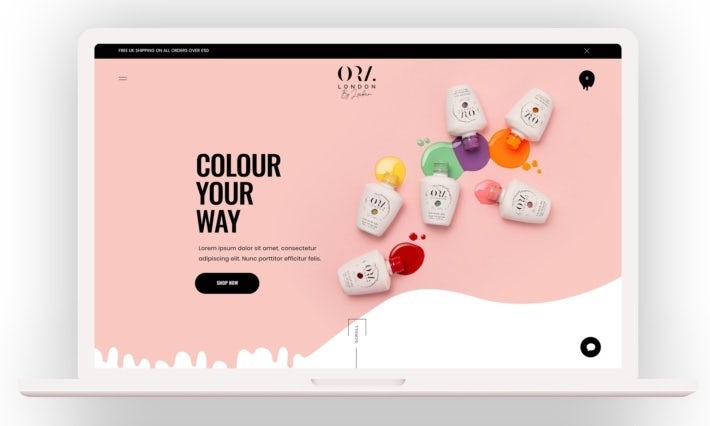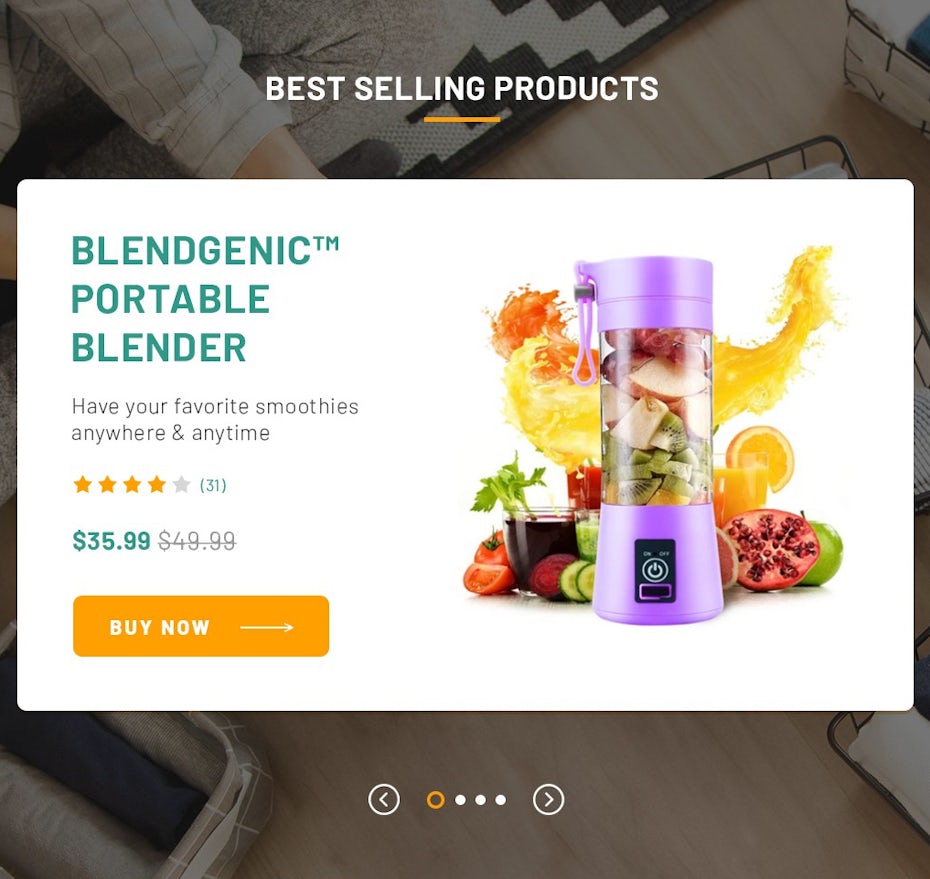It’s safe to say that just about everyone these days uses the internet to buy things. As we move into an era where shopping online is even more critical than in the past, the idea of launching your own ecommerce store might have crossed your mind. But how do you start an ecommerce business?
If you aren’t sure where to begin, don’t worry. We’ve put together an awesome checklist to help walk you through the most vital elements of starting an ecommerce business. This valuable list includes things like creating a homepage, fine-tuning your branding, marketing, and much more.
Step 1: Pick the right products
—

So, where do you begin? Well, first you have to figure out what your product is going to be and then start with a product selection. Choose items that inspire you and there’s likely someone out there who will love them just as much, too. Consider who your ideal customer would be and identify a need in your market.
It’s also a good idea to stick to somewhat of a niche instead of just putting together a bunch of random items, like dog toys and wine glasses, unless they have an underlying theme that ties them together. This is a pretty big decision and a bit larger than what we can put into a single post, but the main point is still the same. Select things that you have a passion for and want to share with others.
Step 2: Choose an ecommerce platform
—
Next, you need to choose an ecommerce platform where you’ll host your website. There are tons of different ones out there, each with their own merits as to why they work well.

We personally like the Shopify platform, as it is one of the most affordable to get started on and offers a wide range of customization options as you grow. But there are many ecommerce platforms to choose from, so pick the one that best suits your needs.
After you’ve decided on a product and chosen your ecommerce platform account, then comes the hard part of actually building your website and moving forward into sales and marketing.
Step 3: Create an intriguing & memorable homepage
—
When someone first comes to your online store, it is critical to ensure it catches their eye and doesn’t make them leave after only a few seconds. You want to give them something that is pleasant to look at and features appropriate colors and a recognizable logo. Read up a little bit about how to use colors in marketing and how certain hues create an emotional response.

You also want to decide which products you’ll feature on your page. Select a handful and make sure to get professional photos of them to use on the homepage. This is super critical, as bad photography is one reason why many shoppers go elsewhere before purchasing.
In addition, it also needs to be mobile-friendly. If you’re using a good ecommerce platform, your store will automatically work well with smartphone and tablet devices, but make sure to double-check by opening it up on various types of devices.
Take a look at the following article for more tips on outstanding ecommerce website design.
Step 4: Define your overall branding and the look & feel of your website
—
Next, you want to think about overall visual branding.

Your ecommerce brand is what shoppers will use to recognize your ecommerce company across multiple different channels. This includes your website design, logo design, social media platforms, product packaging, and so much more. Again, choose colors that meet your message and fonts that are eye-catching but still easy to read.
Furthermore, it is important that the look and feel of your website is appropriate for your target market. Bright colors might not be appropriate for a beauty brand aimed at older women, but it would be appropriate for a children’s toy company. Think carefully about how you want to portray your ecommerce company.
Also, look at the technical side of things, too. Having navigation menus in the proper place and making the overall user experience a positive one is important if you’re going to have repeat customers. Also, make sure to check for proper linking, broken links and other technical aspects that might be frustrating to shoppers.
Check out this complete guide to ecommerce branding to learn more.
Step 5: Create your product pages
—
The next step is to flesh out your product pages. This is essential in guiding a customer to making that coveted purchase.

You’ll want to include a variety of details, such as selling points, item information and specs, product descriptions, and more. Product photos and fields to choose and see various colors, styles and quantities is also important.
Remember that your product pages are the final chance to sell an online shopper on what you’re offering. Take your time to get as detailed as you possibly can without bogging them down with too much information.
Another tip? Don’t depend on manufacturer product descriptions. If multiple sellers on the internet are using the same copy, this can create a duplicate error and hurt your search engine optimization (SEO) chances on Google.
Step 6: Set up a blog and social media accounts
—
After you’ve created solid product pages, it is time to add content to your ecommerce website. Blogs and articles aren’t only helpful for customers to educate themselves on your products, but the added content can help you rank higher on search engines as well.

Examples of types of content you can create include frequently asked question pages, blog posts on how to best use your product, or things that speak to your target audience’s daily life.
This is also the step where you start to claim your social media profiles and put together a content calendar of what you want to post. Consistently adding new content to these sites is the easiest and most effective way to grow your online following.
Take a look at this guide to social media design for more information on how to make your social media accounts look eye-catching and on-brand.
Step 7: Set up your checkout, shopping cart and wish list
—
Finally, you want to set up your checkout, shopping cart, and wish list options on your ecommerce website.

These parts of the shopping process can have a big impact on your customer’s experience, so make sure everything is working smoothly.
One tip is to not force customers to create an account or follow a bunch of extra steps to checkout, which can easily deter them from finishing the purchase and lead to a high number of abandoned carts.
An easy way to do this is by utilizing pay options like Apple Pay and Paypal, which allow for nearly instant checkout for easy purchases.
Time to start your ecommerce business
—
Congratulations, you’re ready to launch your ecommerce store.
Starting an ecommerce business is both challenging and rewarding at the same time. However, the checklist we’ve given you provides a great starting point for really creating a solid foundation for your new online enterprise.
Just remember that it is important to keep consistent branding and eye-catching, on-trend ecommerce design at the forefront of everything you do, too. By making sure all of your boxes are checked at the beginning, you can easily see success as an online store owner.
Need a website, logo or marketing materials designed?
Our designers can help you create just about anything.
About the author
CakeCommerce, a firm focused on eCommerce consulting and digital marketing, offers a wide range of services for those who are looking to launch or improve their online store and brand. Our services include Conversion Rate Optimization (CRO), Pay-Per-Click (PPC) advertising, Paid Social Advertising, Search Engine Optimization (SEO), Influencer Marketing campaigns, Social Media Marketing, and much more. The company is an extension of the well-established agency Zero Gravity Marketing. We’ve been experts in digital marketing for eCommerce websites for a long time now. CAKE is Zero Gravity’s way of establishing a focus for the agency on eCommerce marketing. While the marketing focus for the CAKE brand is different, it’s still the same group of immensely talented individuals at ZGM who will service our clients.
The post How to start an ecommerce business in 7 simple steps appeared first on 99designs.
No comments:
Post a Comment